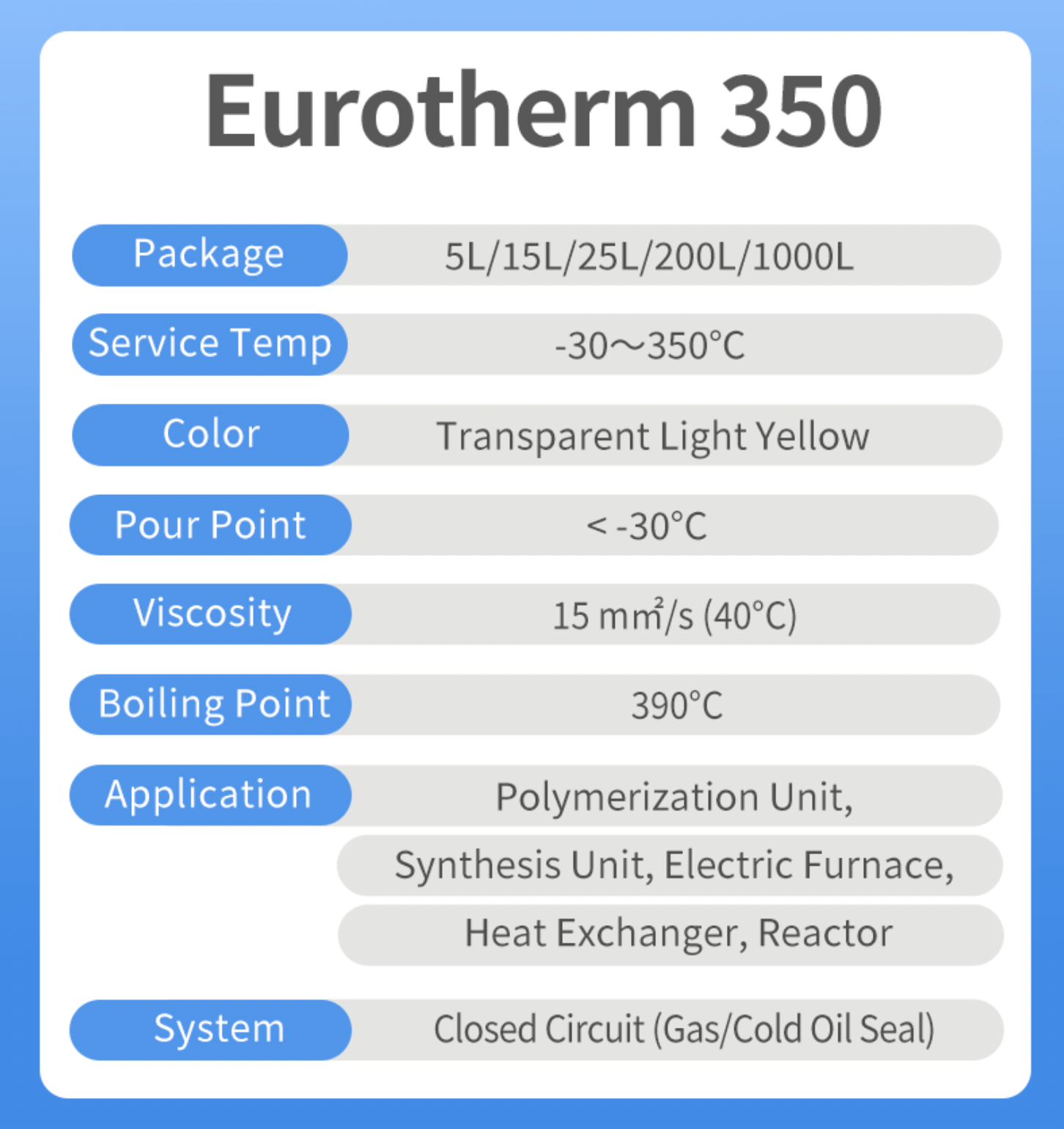4 Easy Facts About Chemie Shown
Wiki Article
Fascination About Chemie
Table of ContentsChemie Can Be Fun For EveryoneExcitement About ChemieChemie Things To Know Before You BuySome Known Details About Chemie Unknown Facts About ChemieSome Of Chemie
By Bojanna Shantheyanda, Sreya Dutta, Kevin Coscia and David SchiemerDynalene, Inc. Liquid cooling, which can be attained making use of indirect or direct means, is used in electronics applications having thermal power thickness that might go beyond secure dissipation via air cooling. Indirect liquid cooling is where heat dissipating electronic components are physically separated from the fluid coolant, whereas in case of straight cooling, the parts are in straight contact with the coolant.In indirect air conditioning applications the electric conductivity can be essential if there are leaks and/or splilling of the liquids onto the electronic devices. In the indirect cooling applications where water based liquids with corrosion preventions are generally made use of, the electric conductivity of the liquid coolant mostly relies on the ion focus in the fluid stream.
The rise in the ion focus in a shut loop fluid stream might happen as a result of ion seeping from metals and nonmetal parts that the coolant liquid is in contact with. During operation, the electric conductivity of the fluid might raise to a degree which might be hazardous for the air conditioning system.
The Of Chemie
(https://sitereport.netcraft.com/?url=https://chemie.co)They are bead like polymers that can exchanging ions with ions in a remedy that it touches with. In the present job, ion leaching examinations were performed with various steels and polymers in both ultrapure deionized (DI) water, i.e. water which is dealt with to the highest degree of pureness, and low electrical conductive ethylene glycol/water mixture, with the determined adjustment in conductivity reported in time.
The samples were allowed to equilibrate at area temperature for 2 days before recording the first electric conductivity. In all tests reported in this research liquid electrical conductivity was gauged to a precision of 1% using an Oakton disadvantage 510/CON 6 series meter which was adjusted before each measurement.
The Main Principles Of Chemie
from the wall surface home heating coils to the facility of the heater. The PTFE sample containers were placed in the furnace when steady state temperature levels were gotten to. The test setup was removed from the heating system every 168 hours (7 days), cooled to room temperature level with the electrical conductivity of the fluid measured.The electrical conductivity of the fluid example was kept track of for a total amount of 5000 hours (208 days). Figure 2. Schematic of the indirect shut loophole cooling experiment set up - silicone fluid. Table 1. Components used in the indirect closed loop cooling experiment that are in contact with the liquid coolant. A schematic of the experimental arrangement is received Number 2.

Chemie Things To Know Before You Get This
Throughout operation the fluid tank temperature level was kept at 34C. The change in liquid electric conductivity was checked for 136 hours. The liquid from the system was gathered and kept. Similarly, closed loop test with ion exchange material was performed with the same cleansing procedures employed. The initial electric article conductivity of the 230ml UP-H2O in the system determined 1.84 S/cm.
0.1 g of Dowex resin was contributed to 100g of liquid examples that was absorbed a different container. The combination was stirred and change in the electrical conductivity at area temperature was gauged every hour. The measured modification in the electric conductivity of the UP-H2O and EG-LC test fluids having polymer or metal when involved for 5,000 hours at 80C is shown Number 3.
See This Report about Chemie
Ion seeping experiment: Calculated modification in electric conductivity of water and EG-LC coolants including either polymer or steel samples when submersed for 5,000 hours at 80C. The results show that steels added less ions into the fluids than plastics in both UP-H2O and EG-LC based coolants.Fluids containing polypropylene and HDPE exhibited the most affordable electrical conductivity adjustments. This could be due to the short, stiff, linear chains which are less likely to add ions than longer branched chains with weaker intermolecular forces. Silicone also executed well in both test liquids, as polysiloxanes are normally chemically inert because of the high bond energy of the silicon-oxygen bond which would certainly stop destruction of the product right into the liquid.
Chemie Can Be Fun For Everyone
It would be expected that PVC would produce comparable results to those of PTFE and HDPE based upon the similar chemical structures of the products, nonetheless there may be other contaminations existing in the PVC, such as plasticizers, that might affect the electrical conductivity of the liquid - meg glycol. In addition, chloride teams in PVC can also leach into the test fluid and can create a rise in electric conductivityBuna-N rubber and polyurethane revealed signs of deterioration and thermal disintegration which recommends that their feasible energy as a gasket or sticky product at greater temperature levels can lead to application problems. Polyurethane entirely broke down right into the test fluid by the end of 5000 hour test. Number 4. Before and after photos of steel and polymer examples submersed for 5,000 hours at 80C in the ion leaching experiment.
Measured change in the electrical conductivity of UP-H2O coolant as a function of time with and without resin cartridge in the shut indirect air conditioning loop experiment. The gauged change in electric conductivity of the UP-H2O for 136 hours with and without ion exchange resin in the loophole is received Figure 5.
Report this wiki page